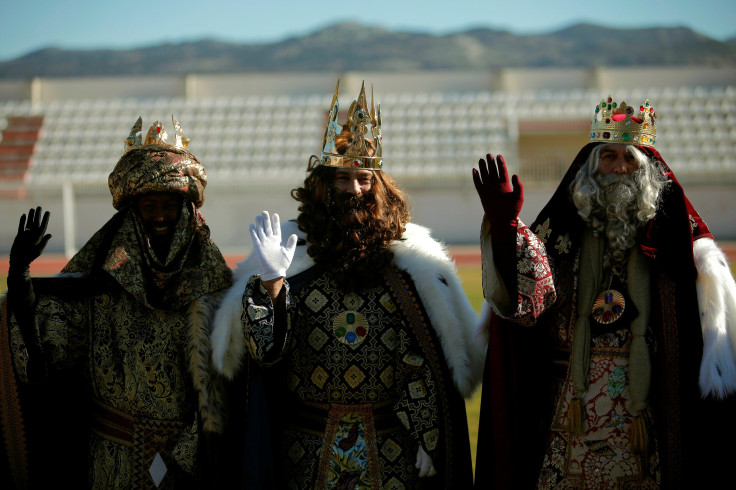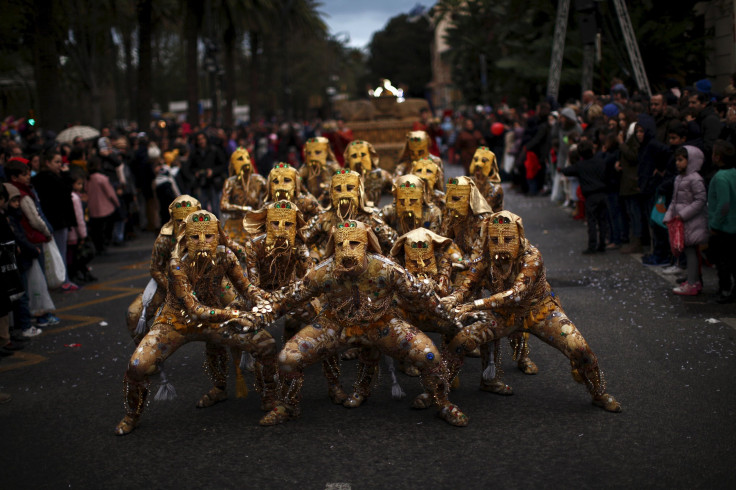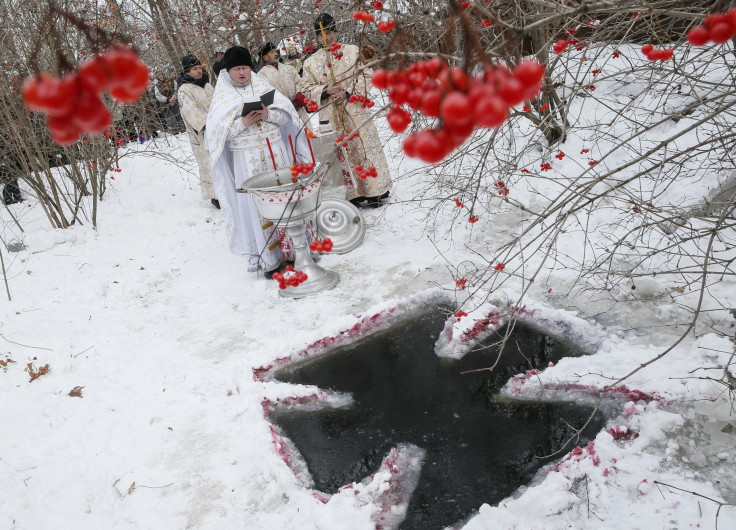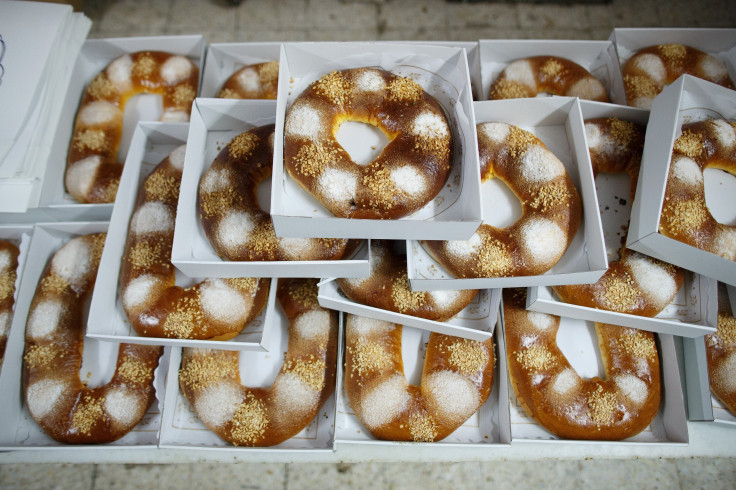What Is Epiphany? How Spain, Mexico And France Celebrate [PHOTOS]

Prepare the feast and festivities, Friday is Epiphany, also widely known as Three Kings Day, or even Dia de los Tres Reyes Magos.
The Christian holiday is typically celebrated 12 days after the Christmas in the Gregorian calendar, and serves, traditionally, to commemorate the baptism of Jesus, according to BBC News. The holiday was also associated with the three kings' visit to the Christ child.
Epiphany is used to describe the final day of the 12-day Christmas celebrations, as well as the season of Epiphany. The term refers to the "manifestation" of Christ, and the holiday is also called "Theophany," or the "manifestation of God," according to Time and Date.
Epiphany is celebrated globally within the Roman Catholic, Protestant and Eastern Orthodox faiths. Countries, from Mexico and Switzerland to Germany and Spain, observe the religious holiday.

Epiphany is the final “hurrah” of the Christmas season, a feast day that concludes Christmastime and involves a number of celebrations. Here is a look at how people from around the world, from Ukraine to the Italy, observe the holiday and celebrate their own traditions at the time of Epiphany.

Children will leave empty shoes at the foot of their beds on the eve of Epiphany in the hopes that the three wise men will leave treats and gifts in their shoes for the next morning. Children can also write letters to the three kings, or wise men.

On Three Kings Day, children will also dress as the three kings – Gaspar, Melchor and Baltasar – and go from house to house to sing songs. They are given cookies and other treats. This particular tradition is typical of European countries like Slovakia and the Czech Republic, according to Time and Date.

A traditional holiday cake includes Rosca de Reyes, or the Gallette des Rois, as it’s referred to in France, is a large circular cake made with fresh and dried fruit. The cake is traditionally made with a tiny figurine of the baby Jesus baked inside. Finding a slice with the tiny infant figure inside it’s considered good luck. Those who receive the figure in their cake are tasked with hosting the Dia de los Candelaria.

© Copyright IBTimes 2024. All rights reserved.





















